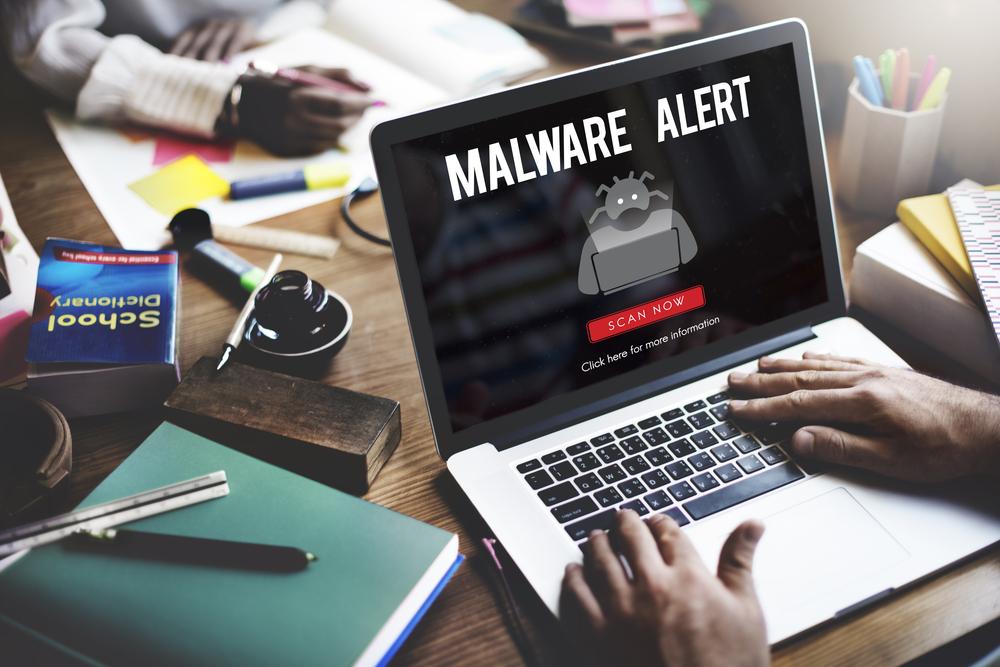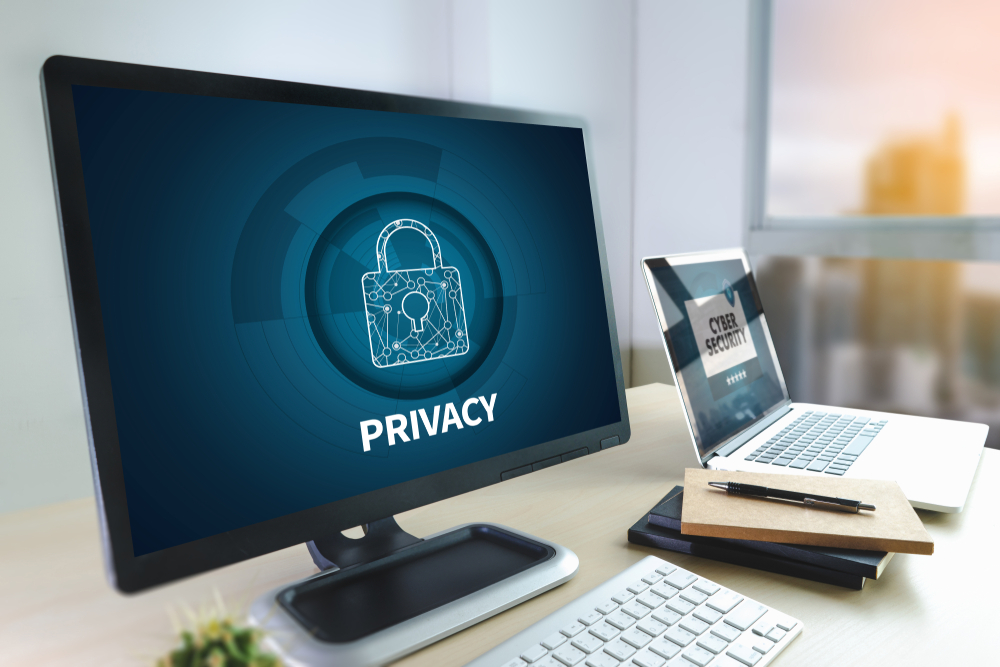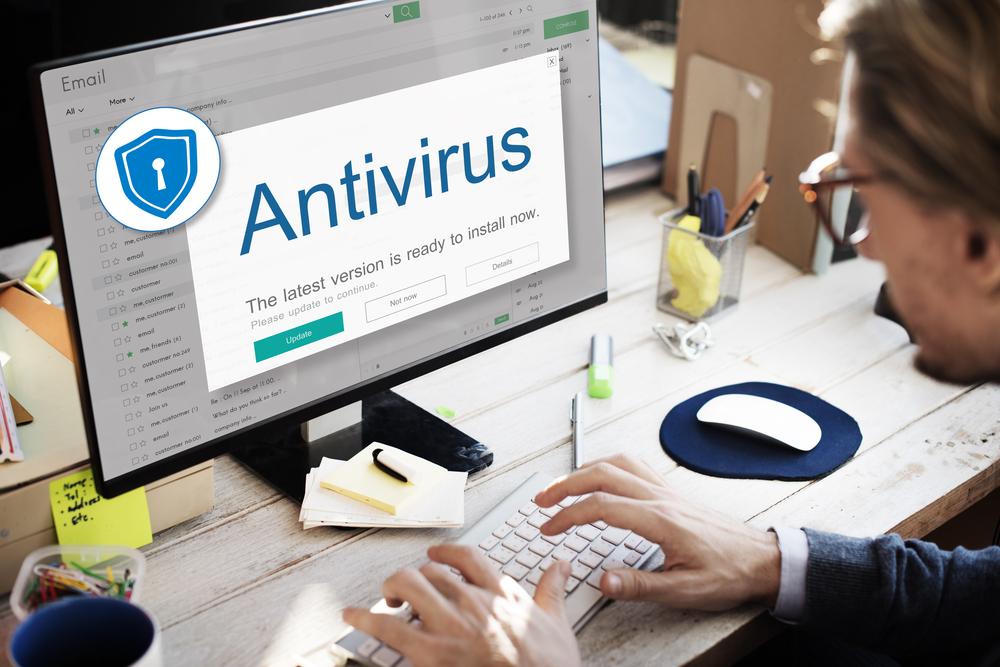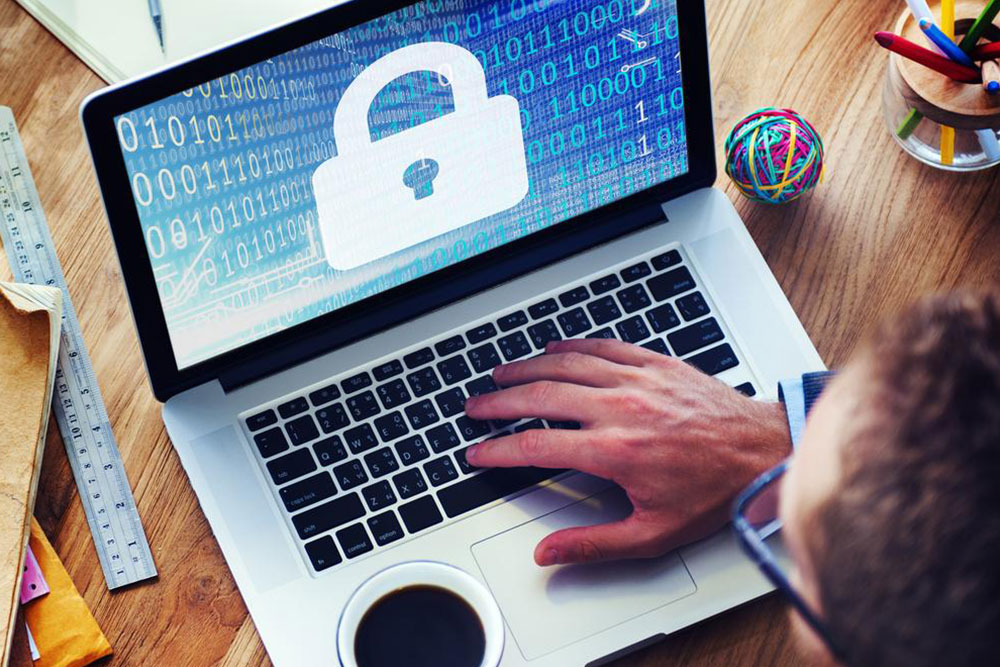Understanding the Distinction Between Trojans and Viruses
Learn the key differences between Trojan horses and computer viruses, their threats, and essential prevention tips. This guide explains how Trojans disguise themselves as legitimate software, while viruses spread malicious code through files. Understanding these threats helps in choosing the right protection measures, including antivirus software, system updates, and firewall security, ensuring your device stays safe from malware attacks.
Sponsored

Are you confused about different types of malware like viruses and Trojan horses? Many people assume they are the same and rely solely on antivirus software to protect their devices. While these threats can disrupt normal computer operations, they differ significantly. Recognizing the differences is crucial for effective cybersecurity. Both Trojan horses and viruses can cause damage, but their methods and dangers vary. Educating yourself about these threats helps in implementing the right protection strategies to keep your system safe.
What is a computer virus?
A computer virus is a malicious program or code that attaches itself to files or software, spreading from device to device. Viruses can compromise data, cause system malfunctions, or even hardware failure. They often infiltrate through email attachments or USB drives and remain inactive until opened by the user. The severity of infection varies; some viruses cause minor nuisances, while others may completely erase files or damage hardware. Proper security measures are essential for prevention.
What is a Trojan horse?
Unlike viruses, Trojan horses disguise themselves as legitimate software, tricking users into installing them. Once installed, they can cause various issues, from minor interface changes to severe data corruption. Trojan horses often open backdoors in the system, allowing remote attackers to access sensitive information or control the device. Though they do not replicate themselves like viruses, Trojans can be more dangerous due to their ability to facilitate larger security breaches. They are controlled externally and pose substantial risks.
Preventive tips for viruses and Trojans
Protecting your device from malware involves several best practices:
Use comprehensive security software
Invest in reliable antivirus programs that defend against viruses, Trojans, worms, and spyware. Choose applications known for robust malware protection, internet security, and real-time scanning. Leading options include Kaspersky, Norton, Bitdefender, and Avast.
Keep your system updated
Regular updates are critical for patching security vulnerabilities. Maintain the latest version of your operating system and software to minimize risks and close security loopholes, especially for Windows users.
Activate and monitor your firewall
Ensure your firewall is enabled to block unauthorized access. Regularly review app permissions and network activity to prevent malware infiltration.
If your device becomes infected, immediate measures like formatting the drive are recommended. Continuing to use an infected system can lead to data loss and security breaches.






